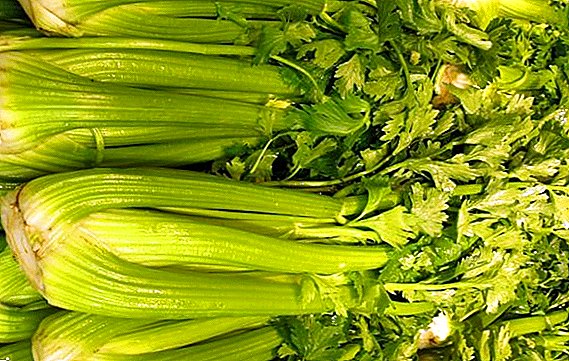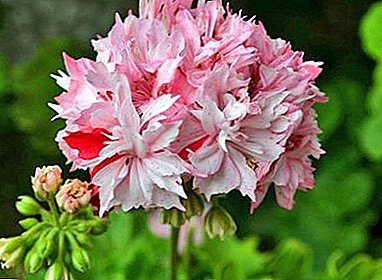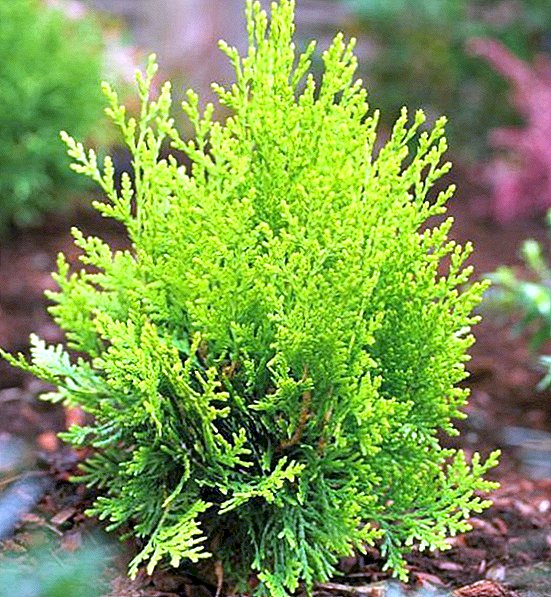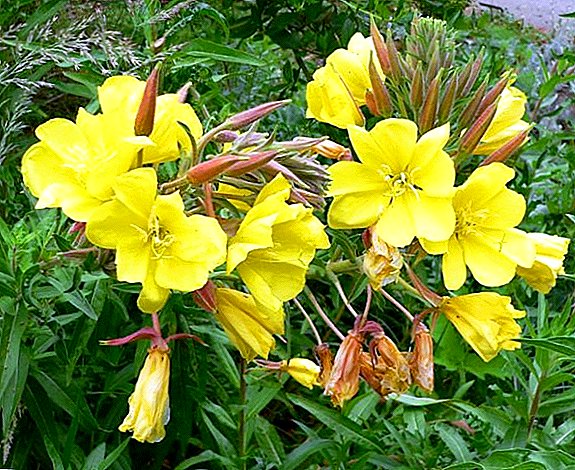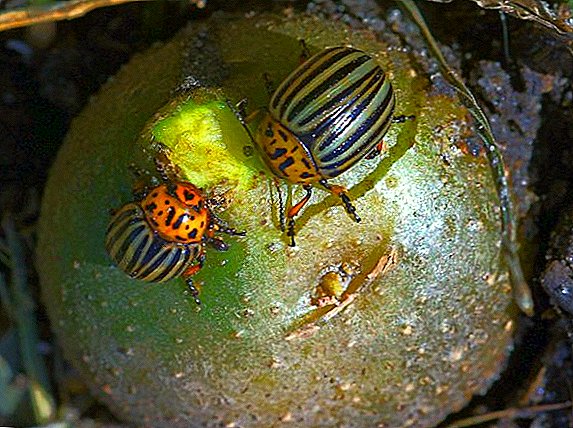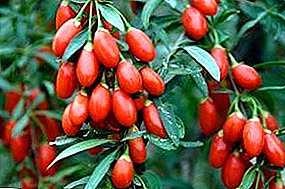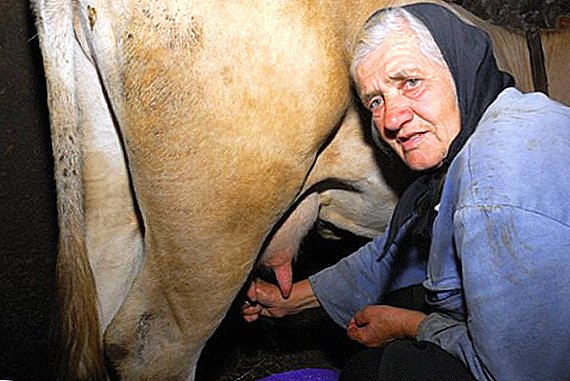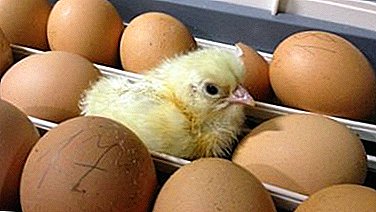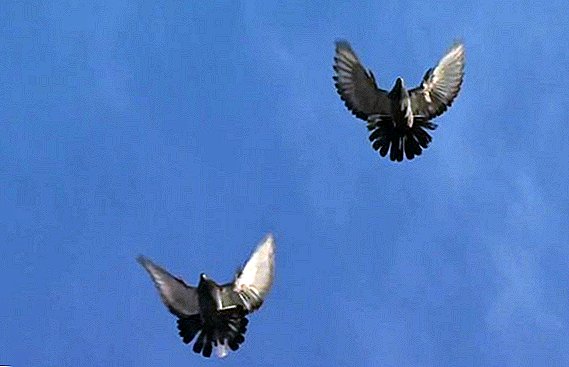 Pigeons are the most ancient birds, tamed by humans. Today there are many different breeds that differ in appearance and flight technique. One of the unusual are face pigeons, which will be discussed in this article.
Pigeons are the most ancient birds, tamed by humans. Today there are many different breeds that differ in appearance and flight technique. One of the unusual are face pigeons, which will be discussed in this article.
What pigeons are called butt and what are their peculiarities
The peculiarity of the end flight is that the bird rises into the sky and descends to the ground strictly verticallywhile maintaining an angle relative to the ground level of 90 degrees.
The rise is almost silent, with the impression that the bird is sitting on the tail, and its wings are parallel. For takeoff, it puts its wings above itself, as if inflating them into the air, the tail unfolds so that the gap between it and the wings is imperceptible.
Important! For flying, the facing pigeons need airflows, the maximum speed of which is up to 10 meters per second.
Video: end flight style
The history of face pigeons
The progenitors of this breed are pigeons, brought to Ukraine by sailors from other countries at the end of the XVIII century. At first, these birds lived on the shores of the Black Sea, in Nikolaev. The fresh wind and air currents that were present on this earth formed the flight style of these birds and their endurance.
It is interesting to learn about the history of pigeon mail, as well as sports, high-flying and lively pigeons.
According to one of the versions, Polish white-tailed birds with the butterfly style of flying were the ancestors of the butting pigeons. At first, nobody recognized the flying qualities of these birds, but bred them exclusively for food. Officially, the breed was registered only at the beginning of the XIX century. In Europe, this breed is called Sky Cutters, which translates as "techersezy."
Varieties
Today there are several types of pigeons whose breeders believe that they belong to the butt ones, but experts recognize only two: Nikolaev and Kirovograd. Despite the same grandparents, they differ from each other in feather color, flight, moreover, they were bred in different cities, which is understandable by name. Consider what other differences these birds have.
Nikolaevsk
Pigeons of this species are distinguished by a streamlined body shape, thick plumage and moving wings. Thanks to the training, they fly so high into the sky that it is difficult to see from the naked eye.
Did you know? Nikolaev soar alone, sometimes in pairs, coordinated flight can be observed only in the first minutes. These are freedom-loving birds, therefore keeping them in apartments, on balconies or in pigeon houses in the city is strictly prohibited.
This breed has other characteristics:
- Weight - up to 500 g
- Body length - 40 cm.
- Chest with lots of muscle.
- The wings are long, loosely attached to the body.
- The tail is strong with thick plumage of white color.
- The head is slightly elongated, with dense plumage.
- Eyes are golden, eyelids thin.
- The bill is medium in size, slightly curved.
- The neck is short, covered with guns.
- Paws are short, without feathers, red.
- Body color varied.


Read also about pigeons with sickle flying style.
Kirovograd
Experts claim that the birds of this species are distinguished by stable heredity.
Kirovograd have the following characteristics:
- Weight - 350 g
- Body length - 30 cm.
- Chest wide with a dimple in the middle.
- The wings are pressed to the body, their length is 1 cm less than the tail.
- The tail is small, not fluffy.
- The head is proportional to the body.
- The eyes are white.
- The beak is short.
- The neck is small.
- Paws are short.
- Color - black with a purple tint.

The flight of this subspecies is not as long as that of Nikolaev, but its quality does not suffer at the same time. Sometimes there are problems with breeding, because some pigeons do not want to hatch chicks because of their activity.
Important! If the bird's body length exceeds the allowed limit of 2 cm, such individuals are immediately rejected and not used to breed the next generation.
How to care and how to feed
Face pigeons are endowed with an energetic character, easily adapt to weather conditions, undemanding to feed, besides fruitful.  Care is as follows:
Care is as follows:
- Birds need a clean room that will be protected from bad weather.
- In the first two months of winter, females and males should be divided. After their unification, which is carried out in February, the chicks will appear.
- An important in the care is a balanced diet. Birds of this breed need easily digestible cereals.
- It may sound strange, but these birds need to communicate. This will help them get used to the owner faster.
Did you know? In Poland, on the basis of Nikolaev, a new breed was bred - Polish Orliki. They have all the flying qualities of their ancestors.
Video: doves with butt flight style
Nikolaevsk
Kirovograd
Pigeons of the end flight attract breeders not only with their activity and viability, but also with unpretentious care. Each pigeon breeder is simply obliged to have a couple of such beauties in his collection.


